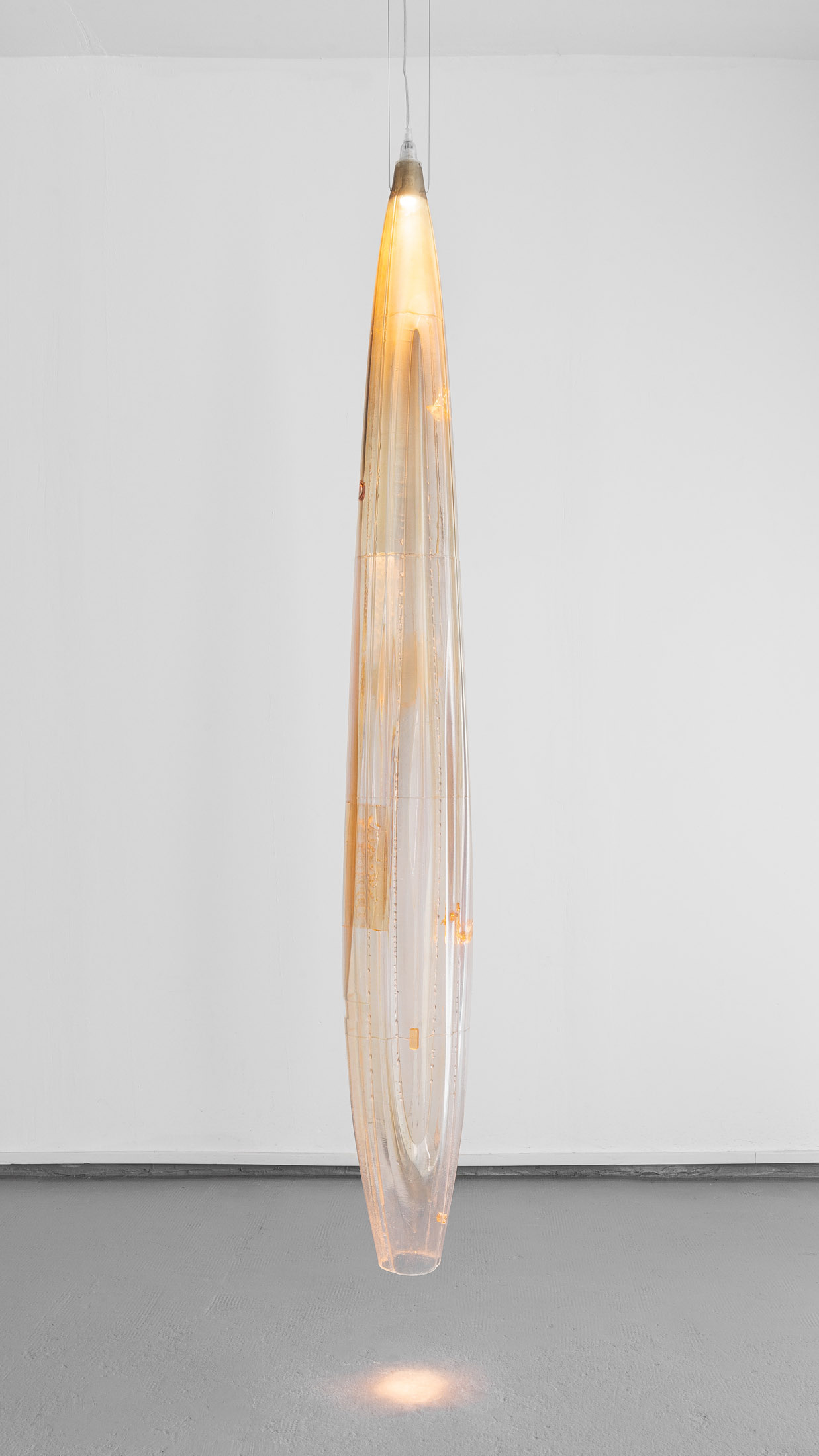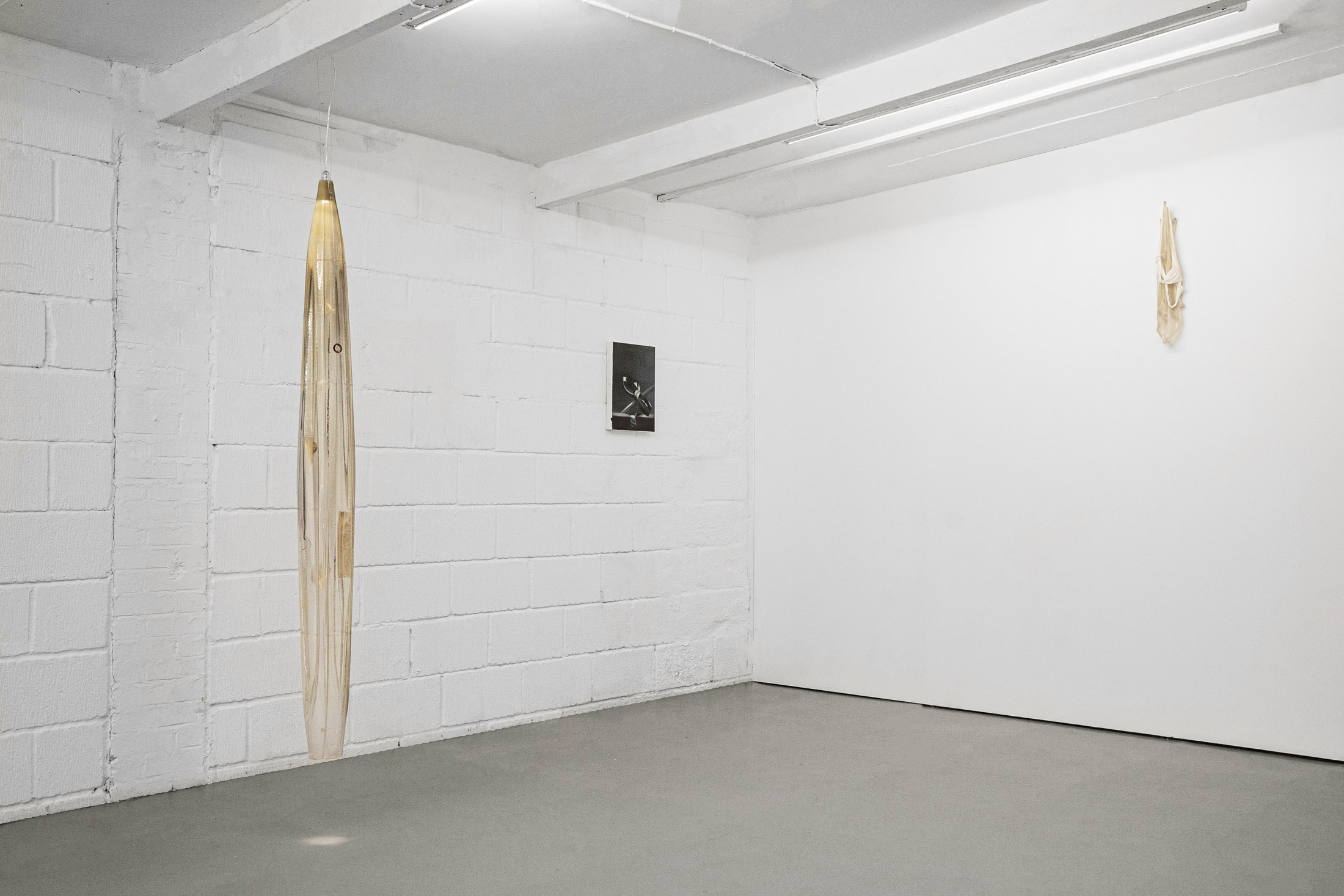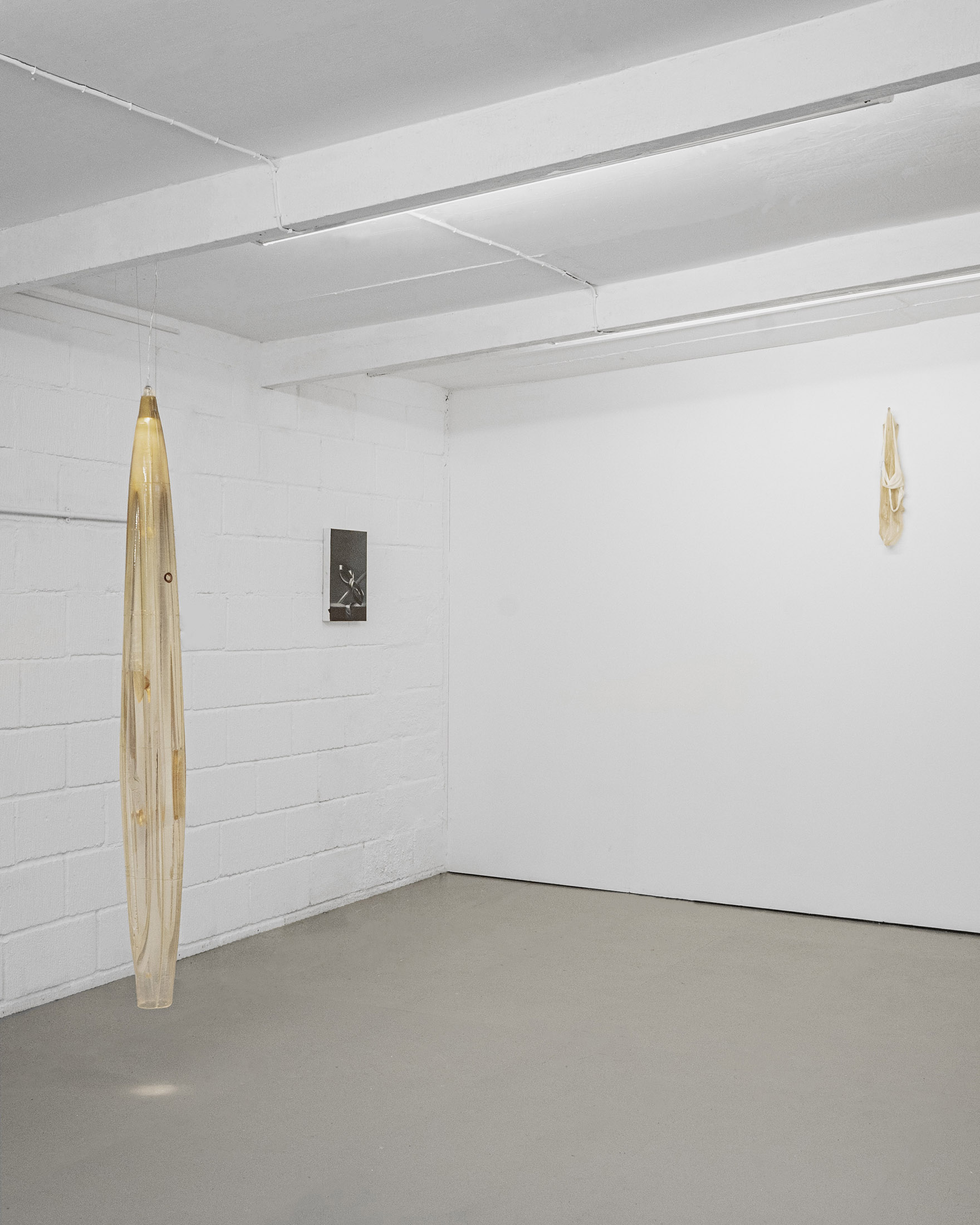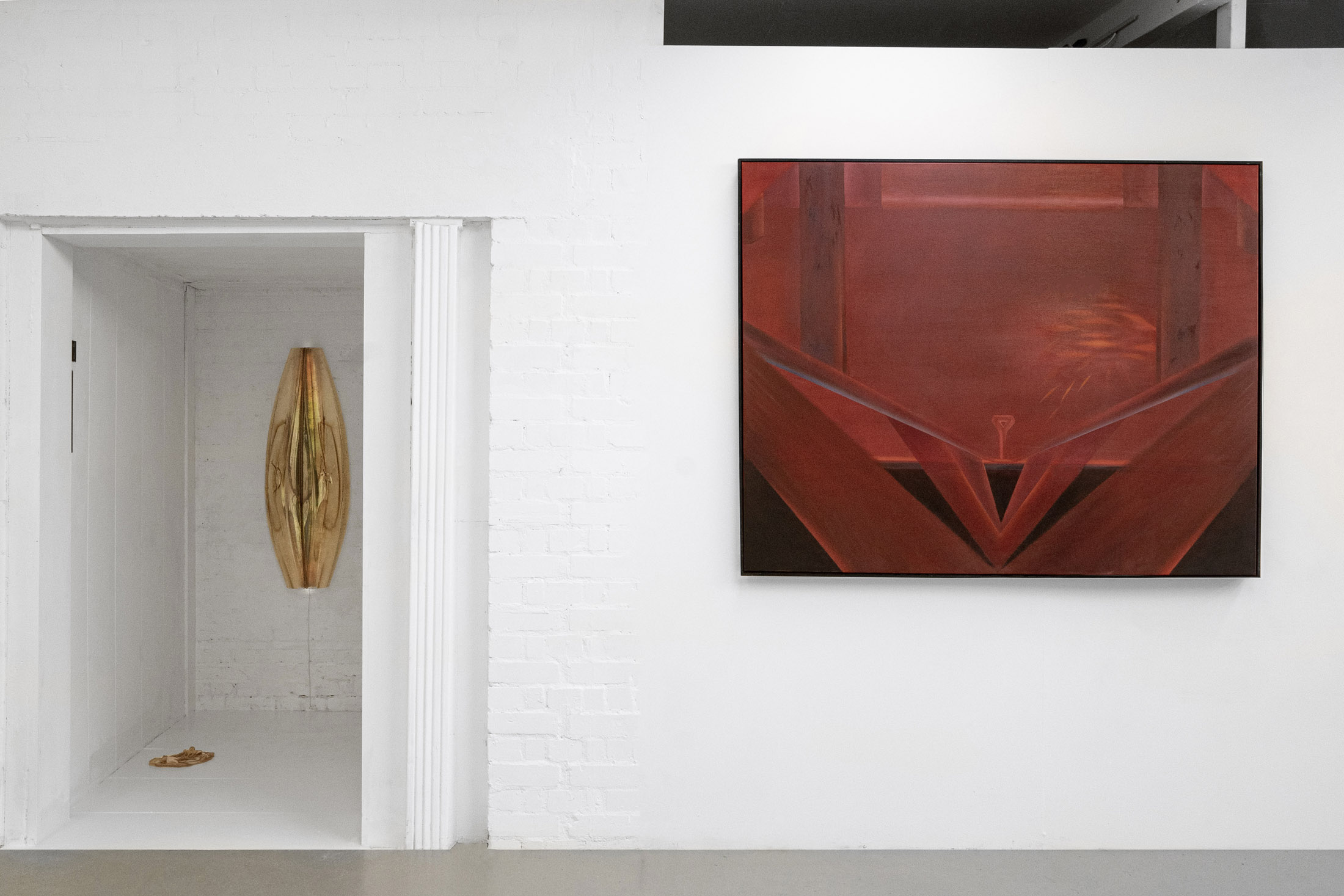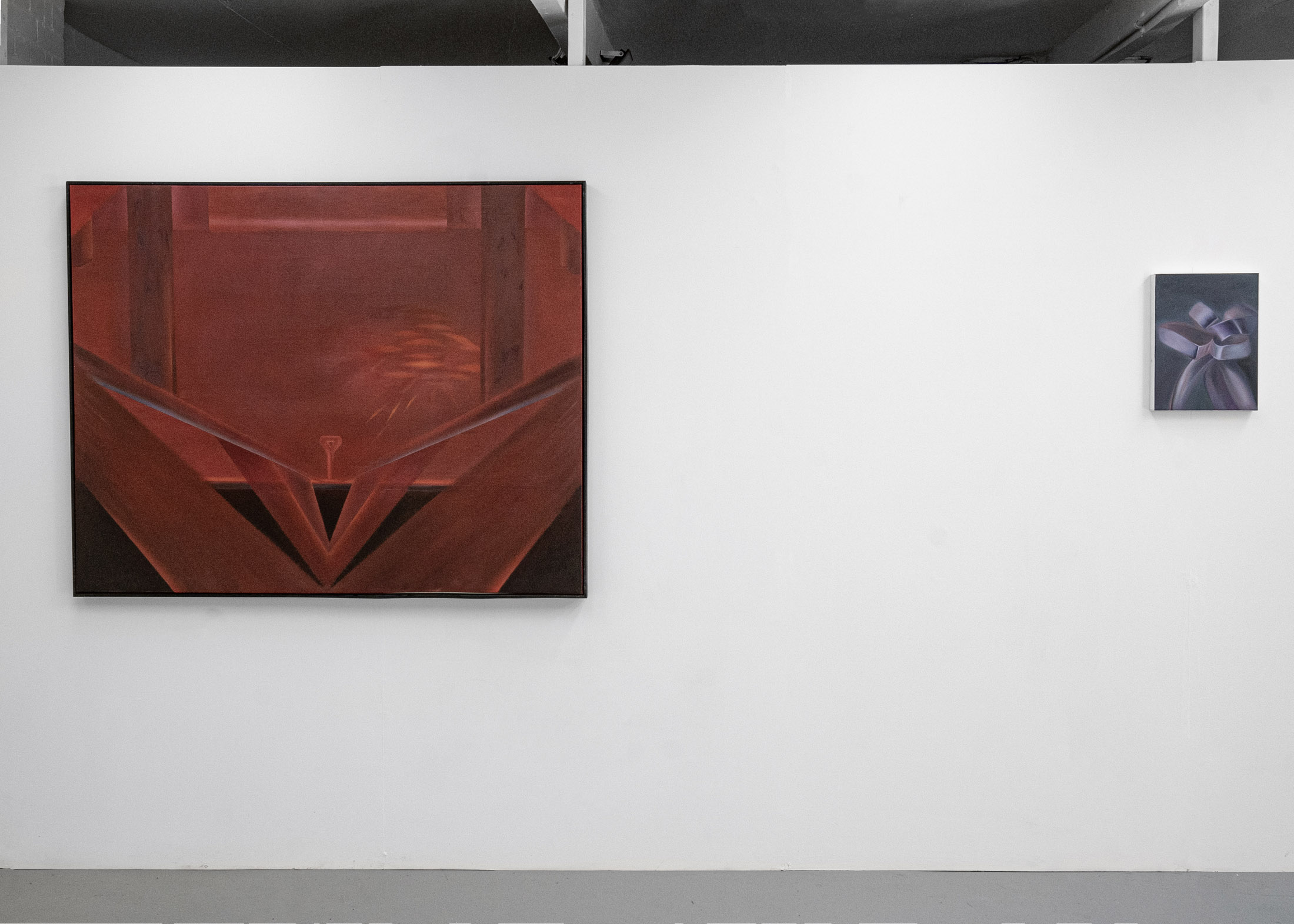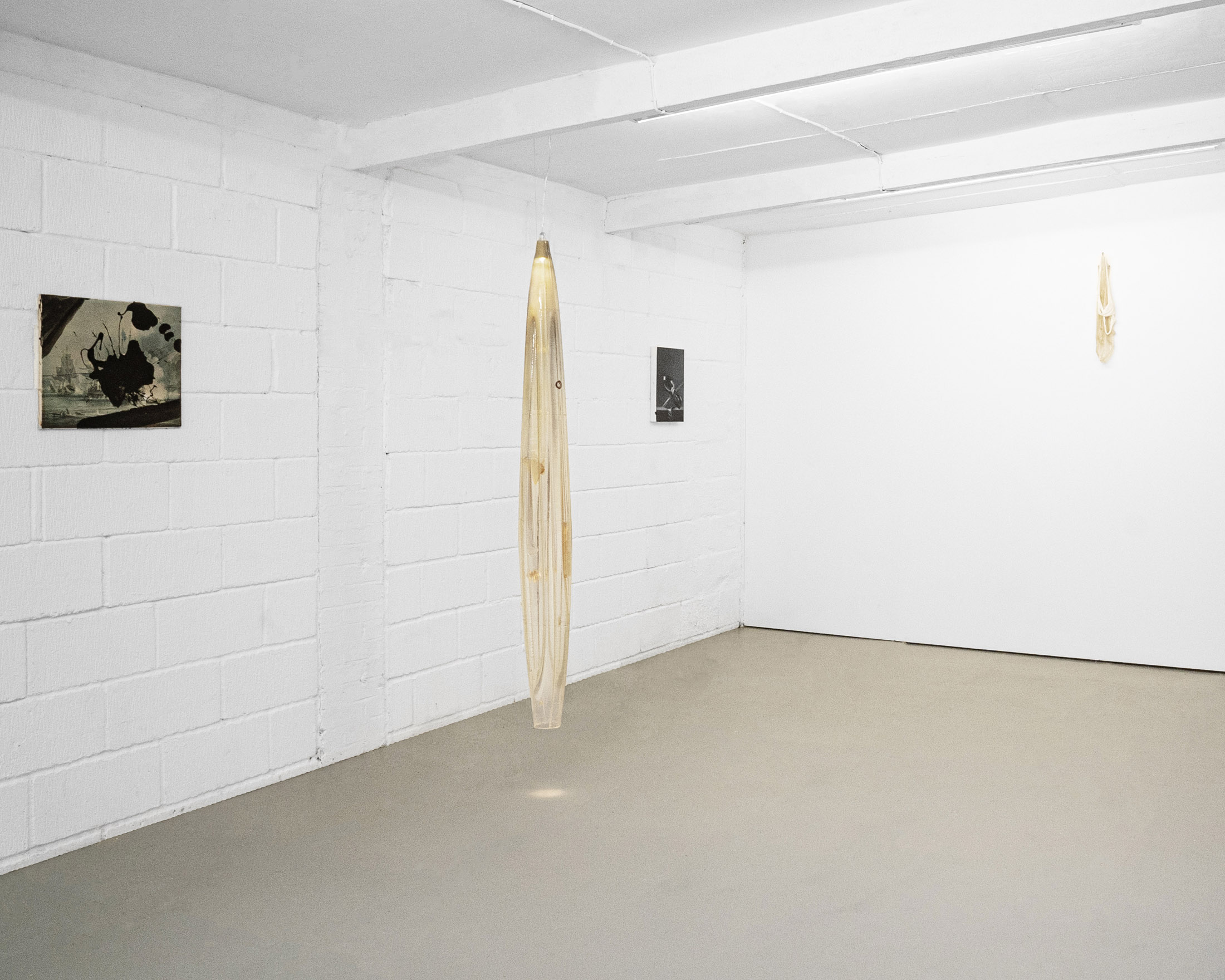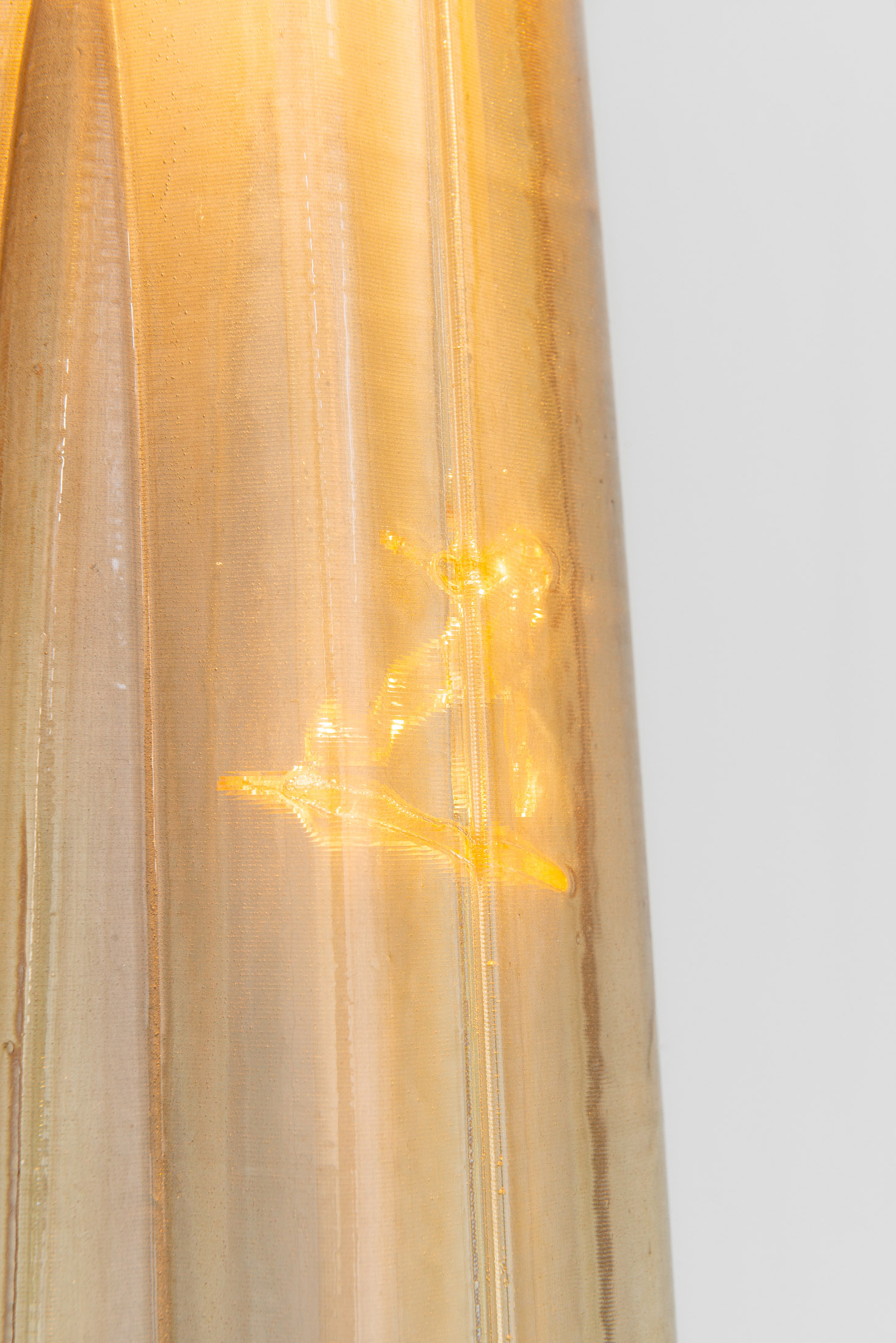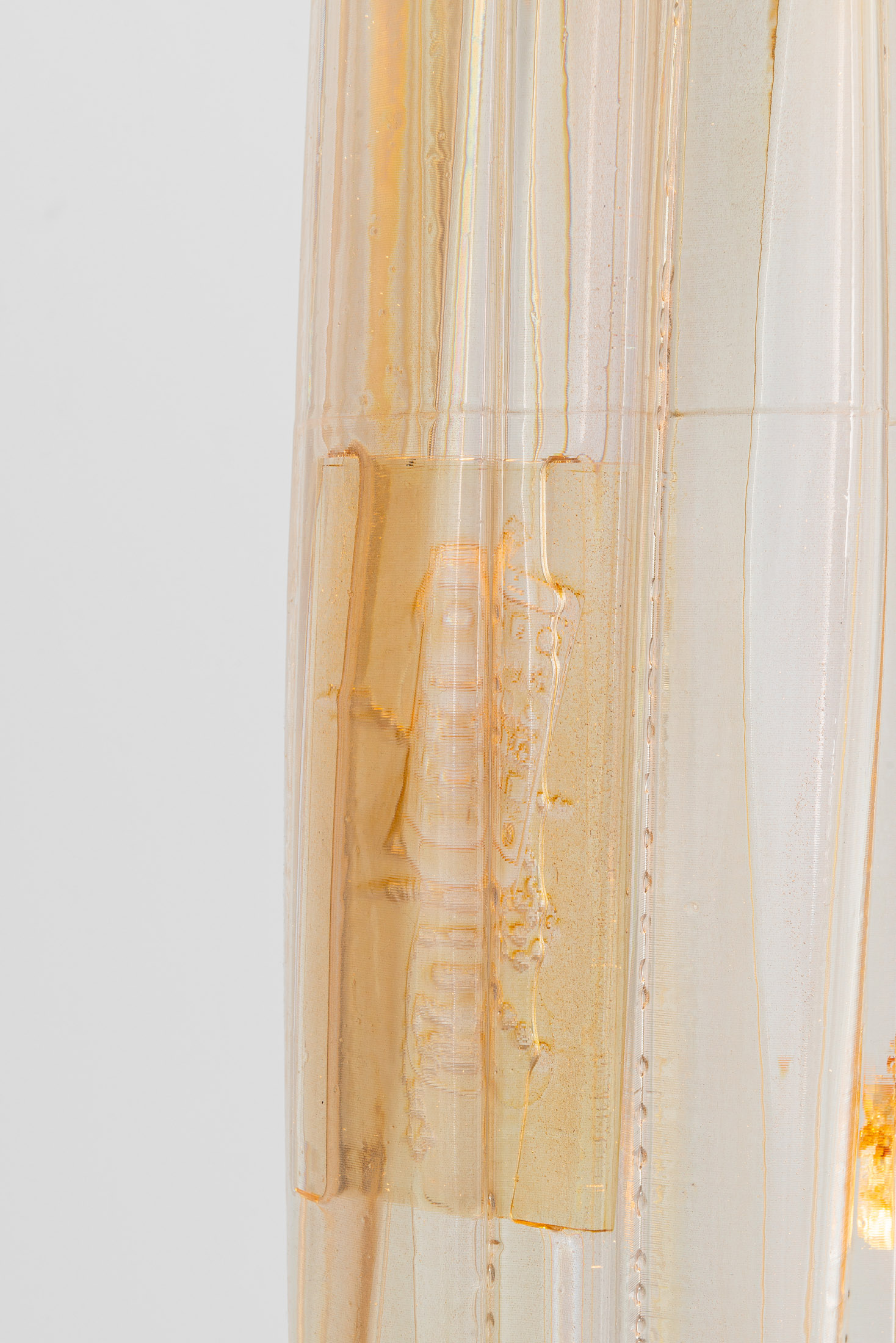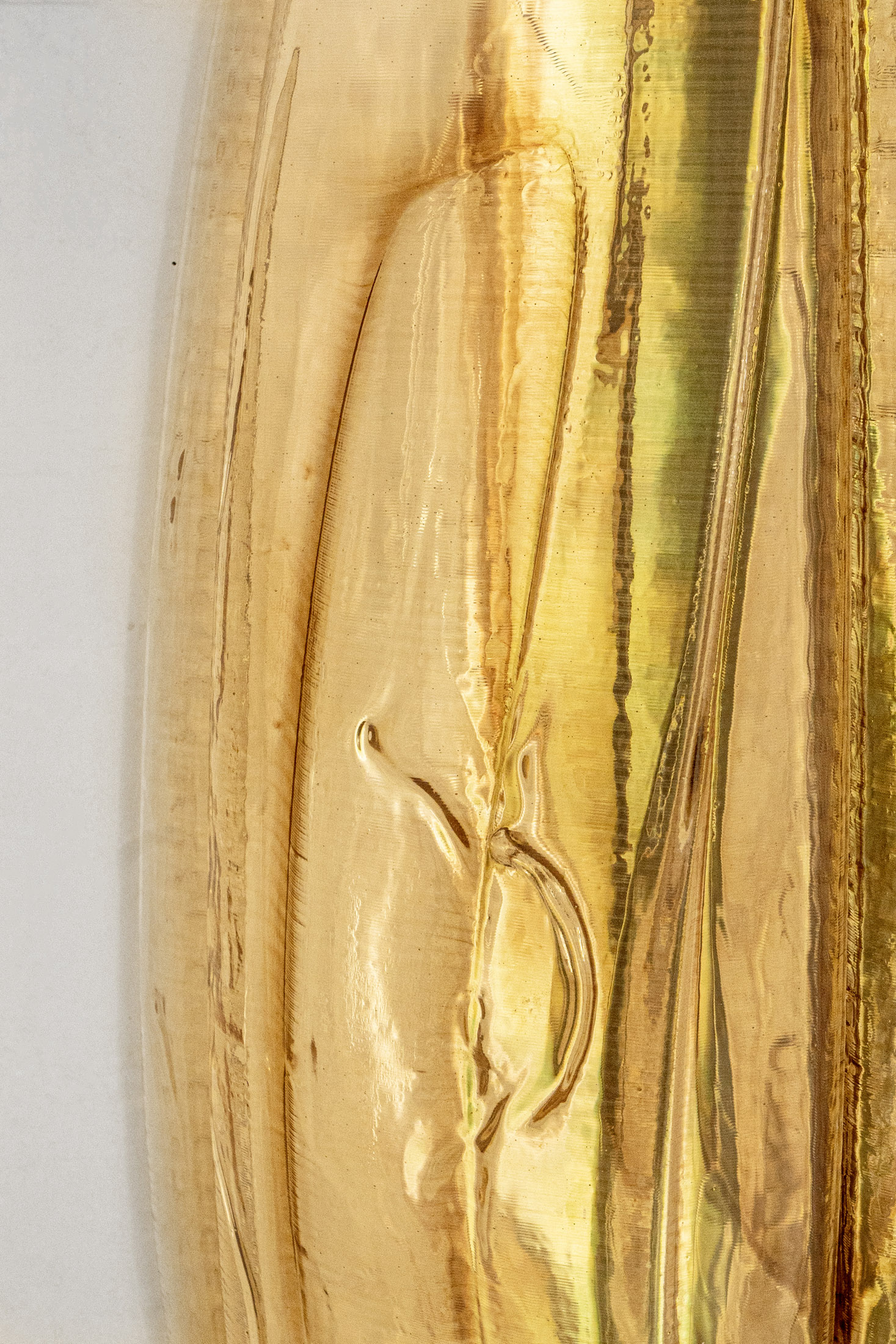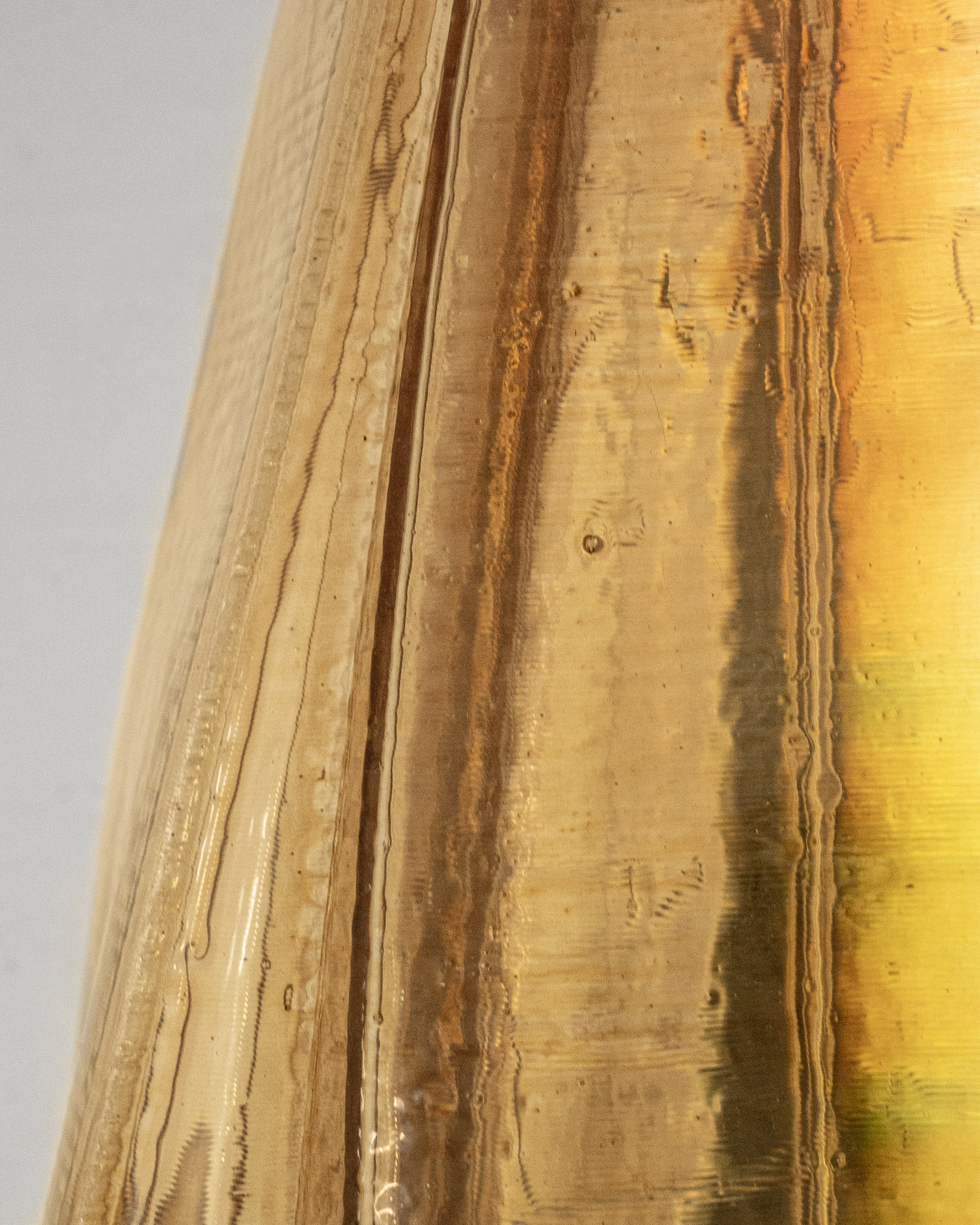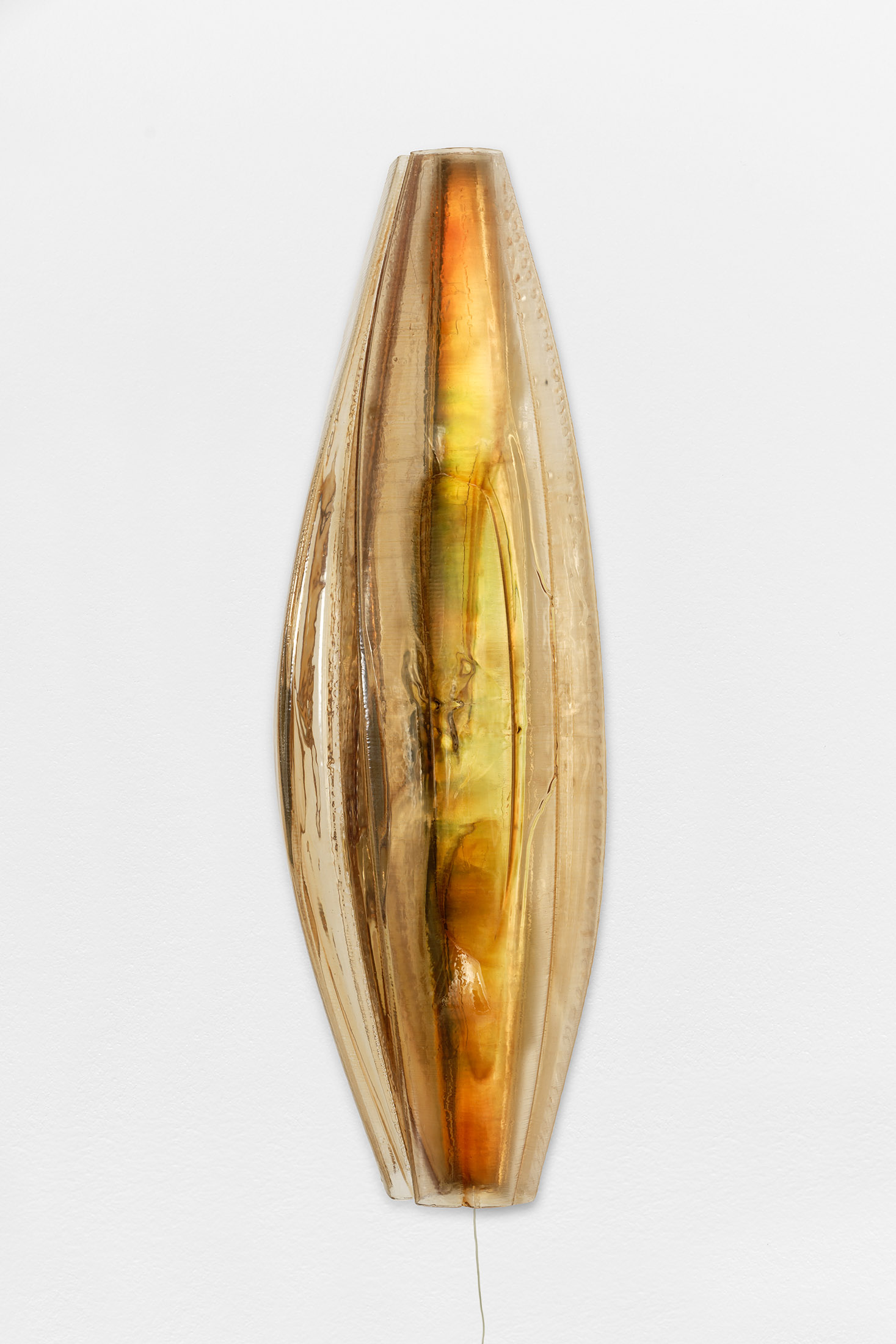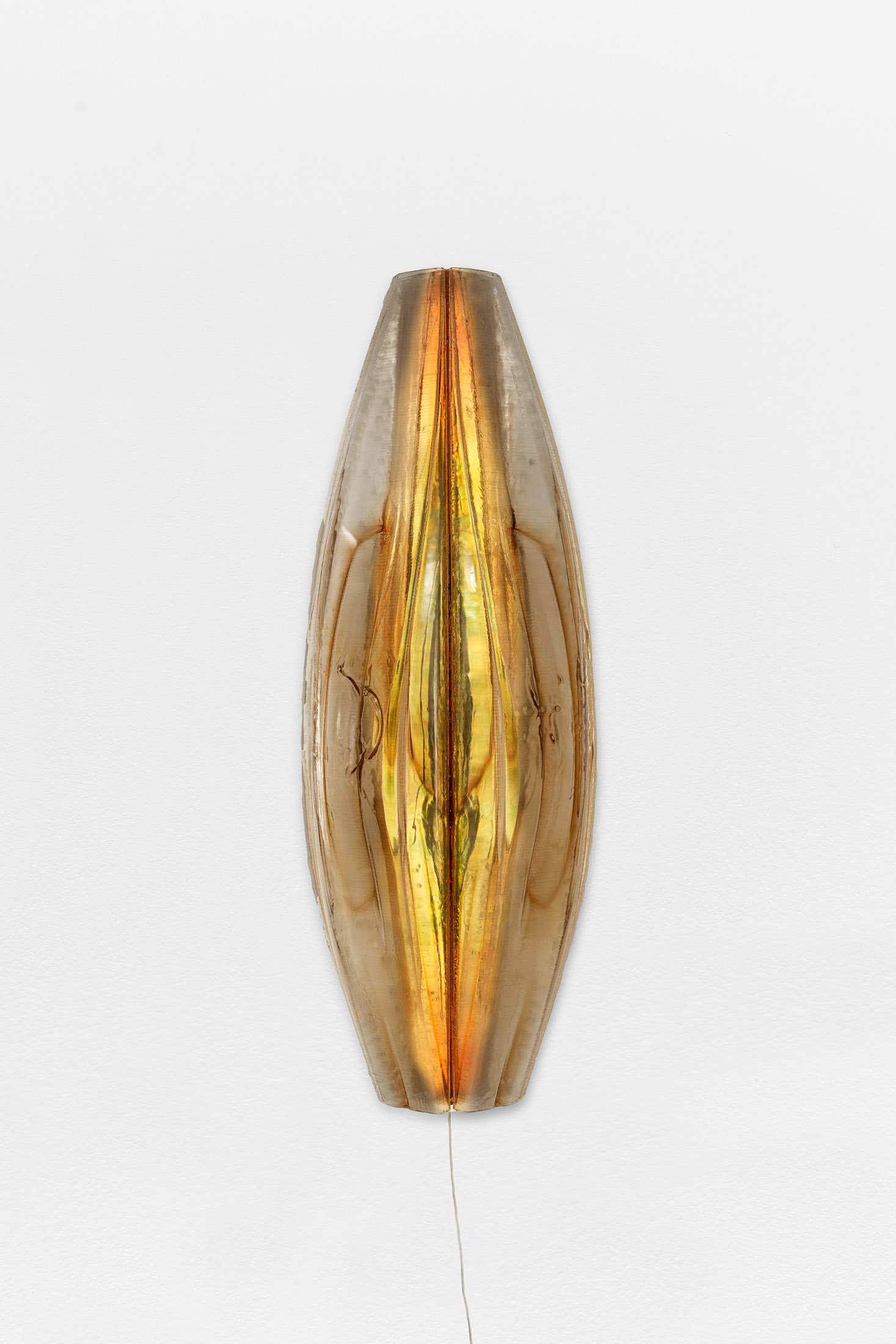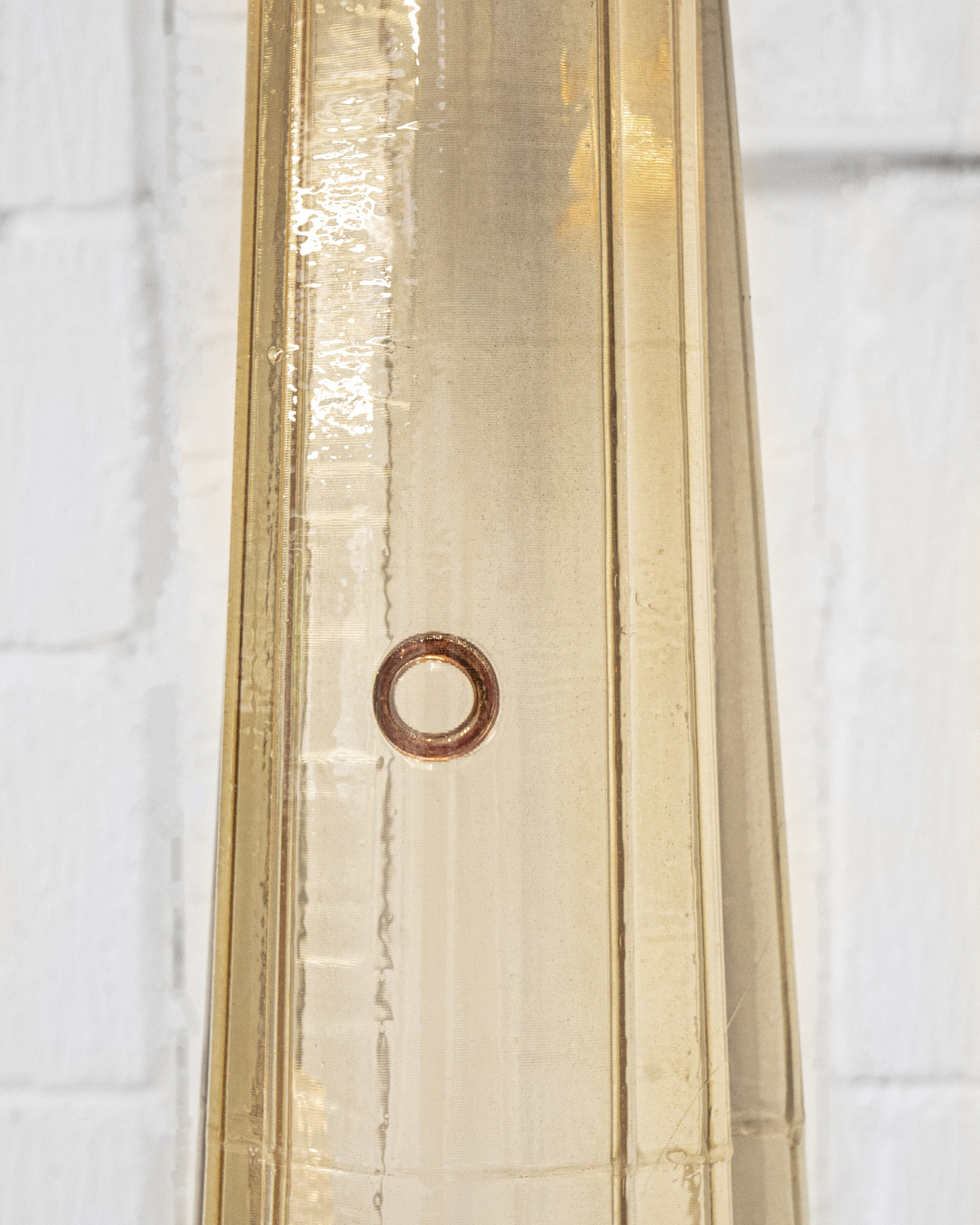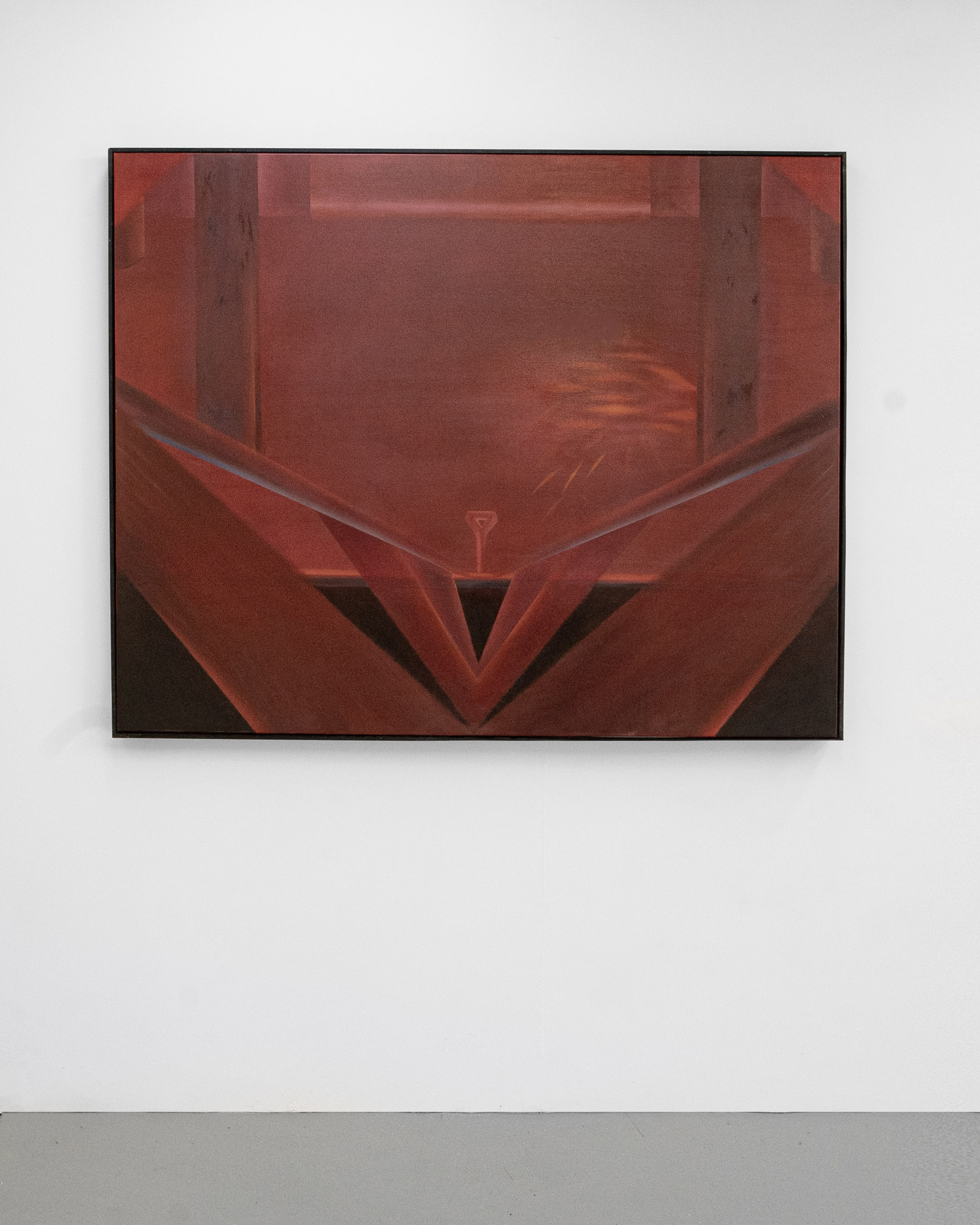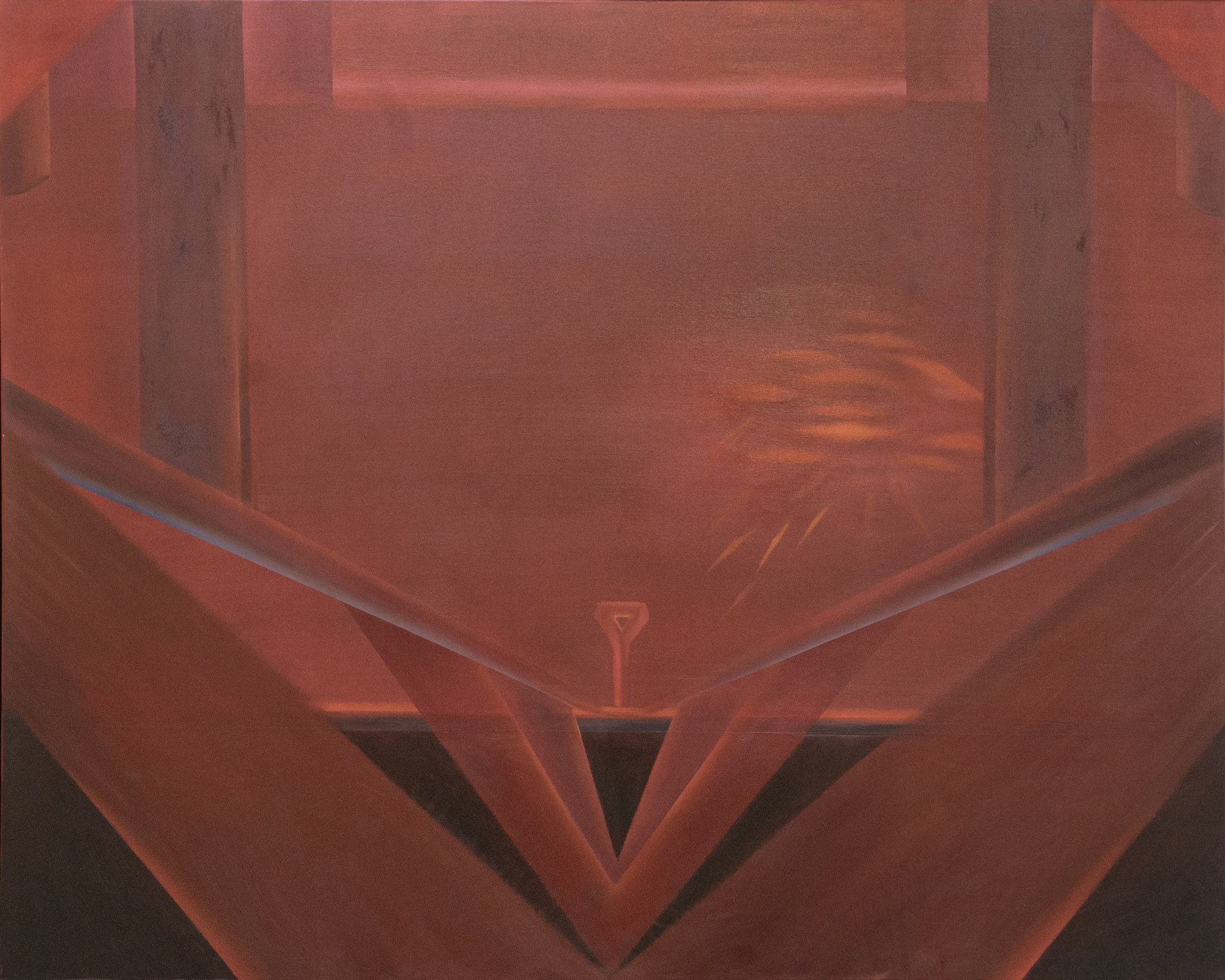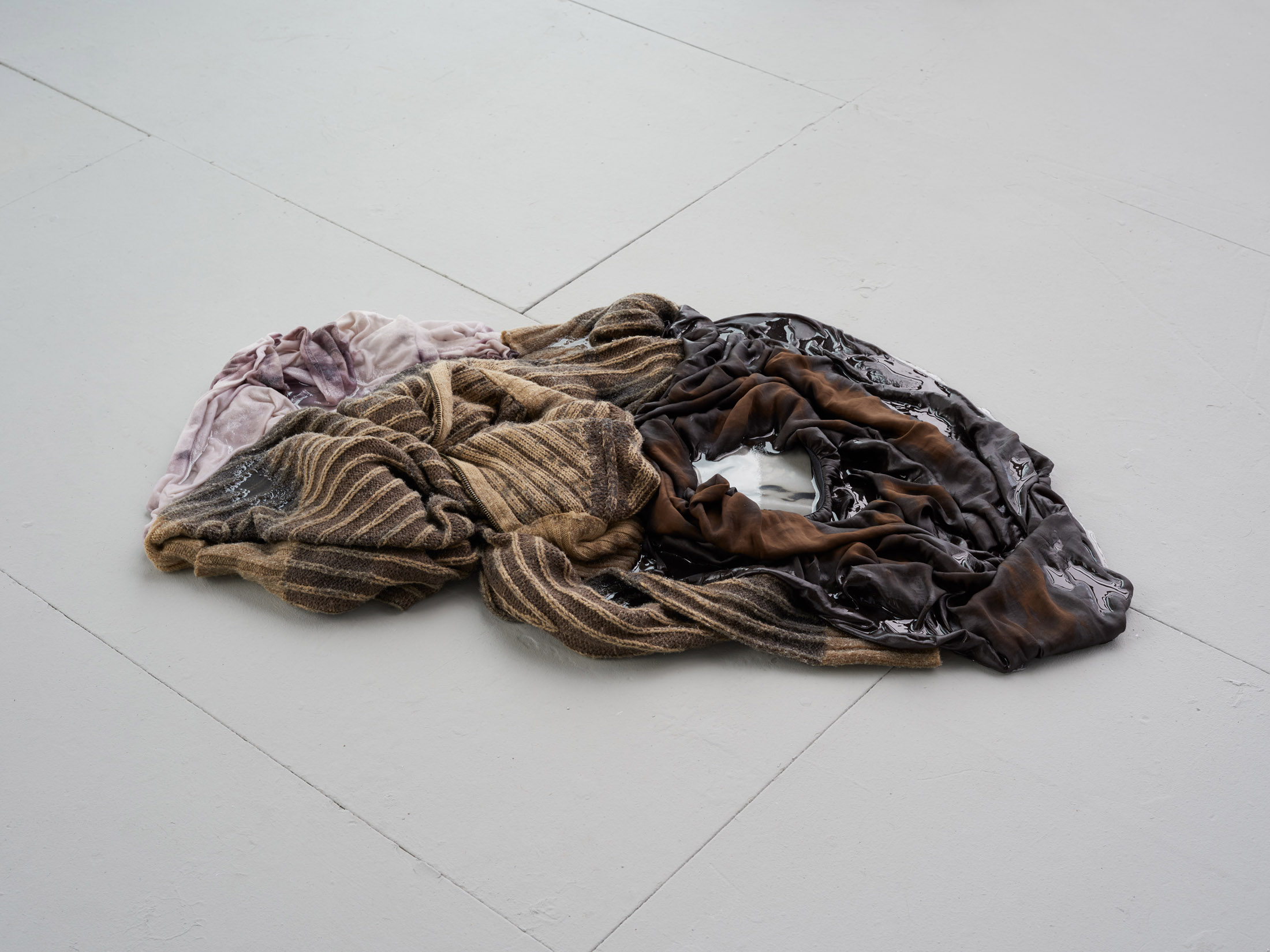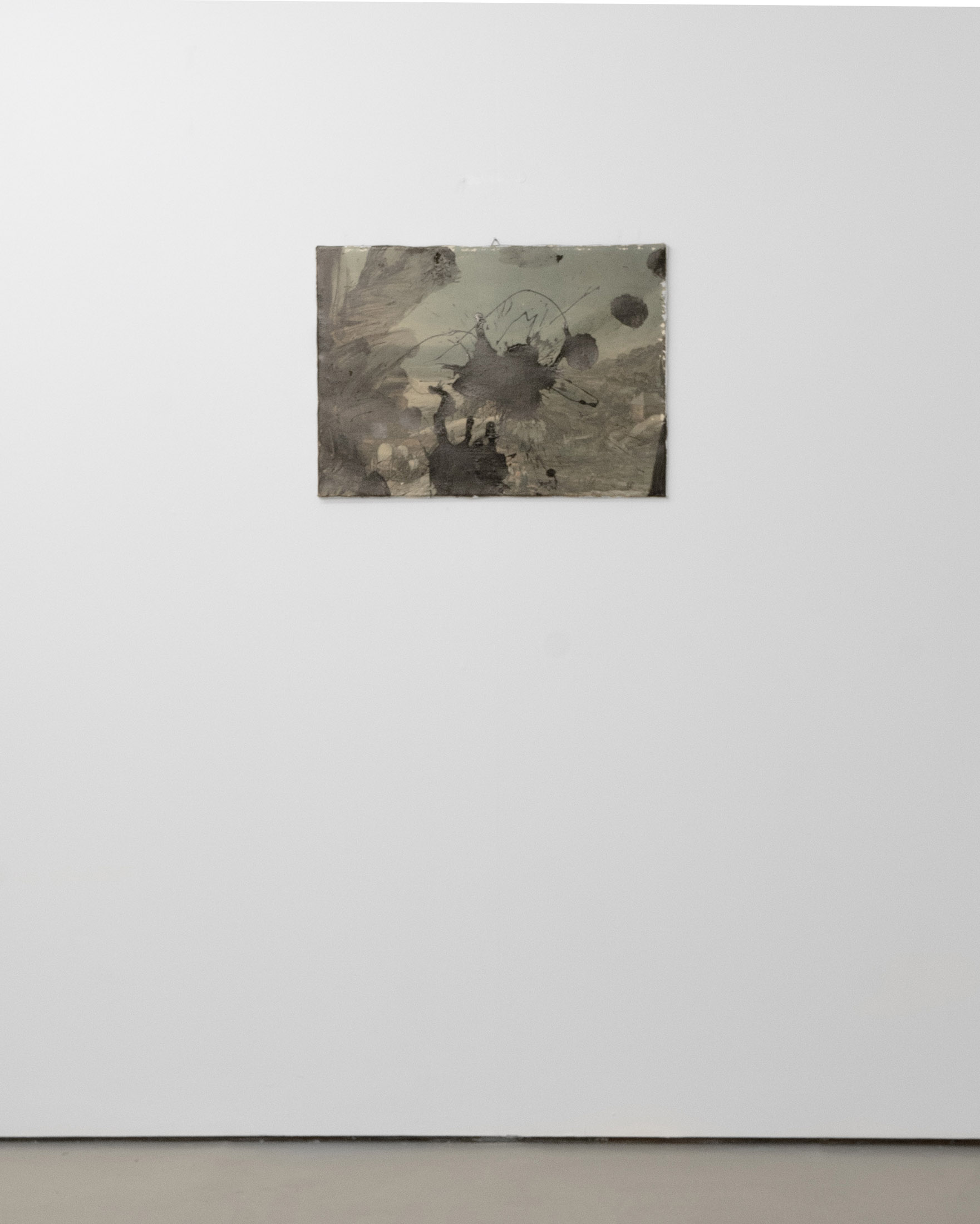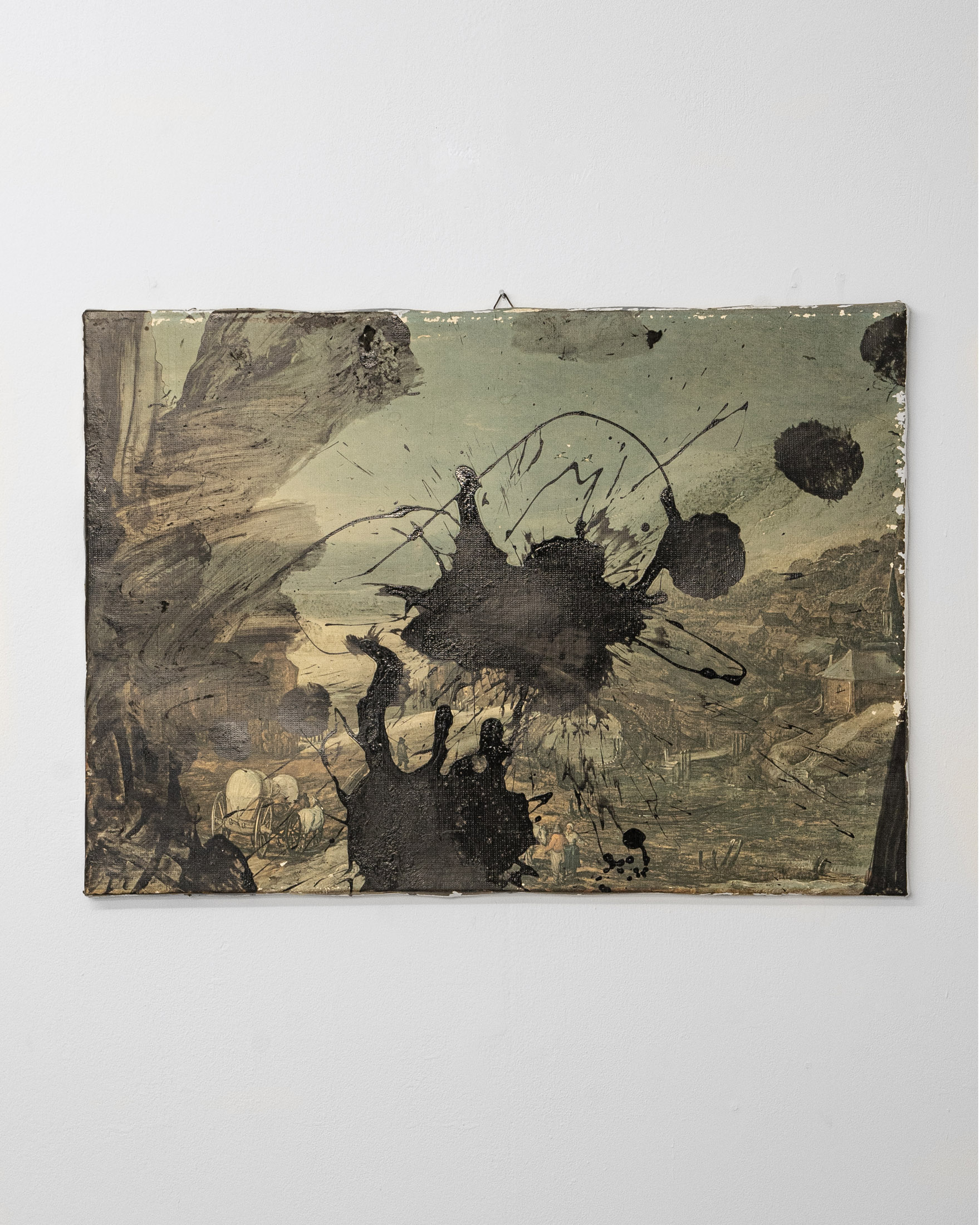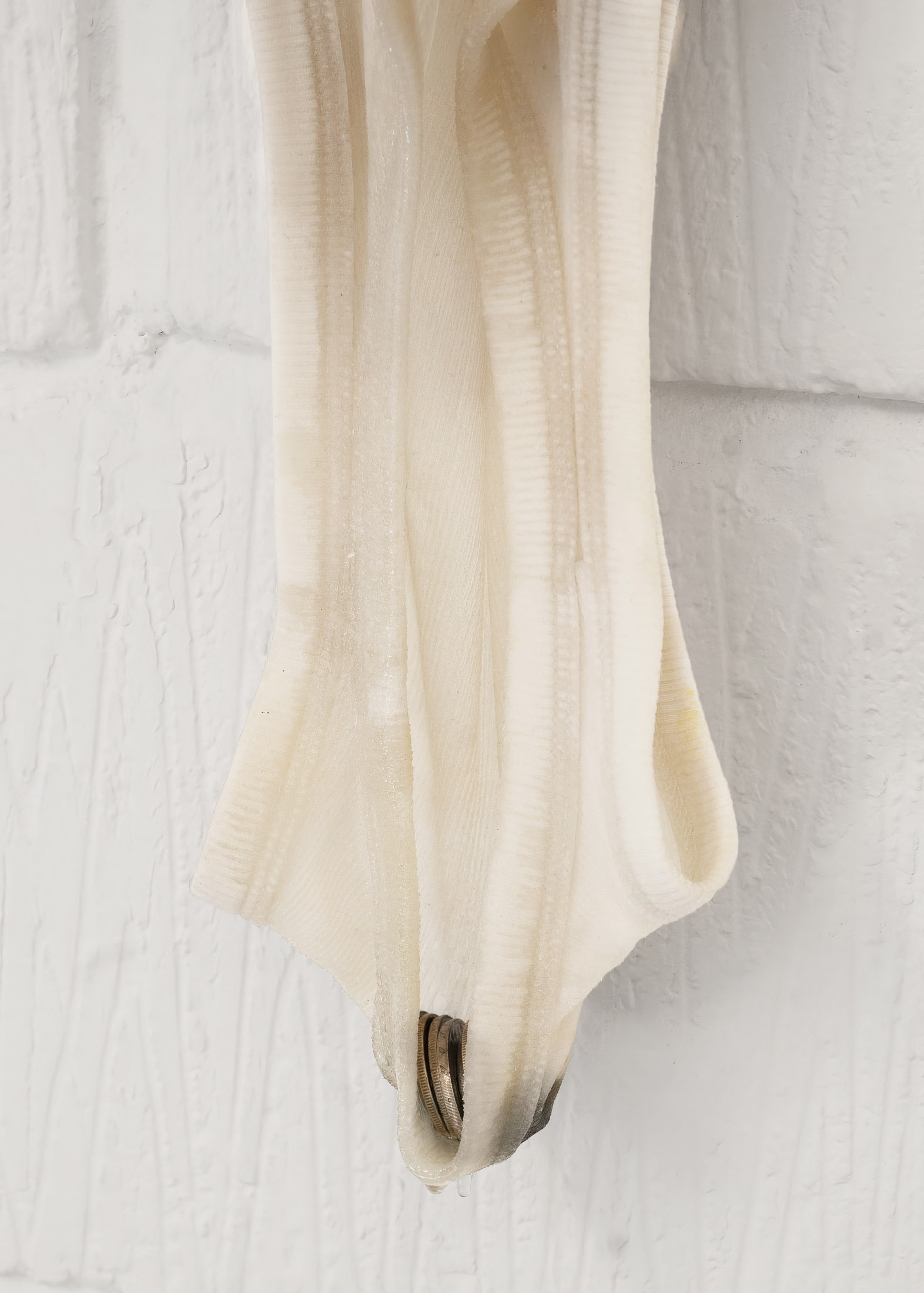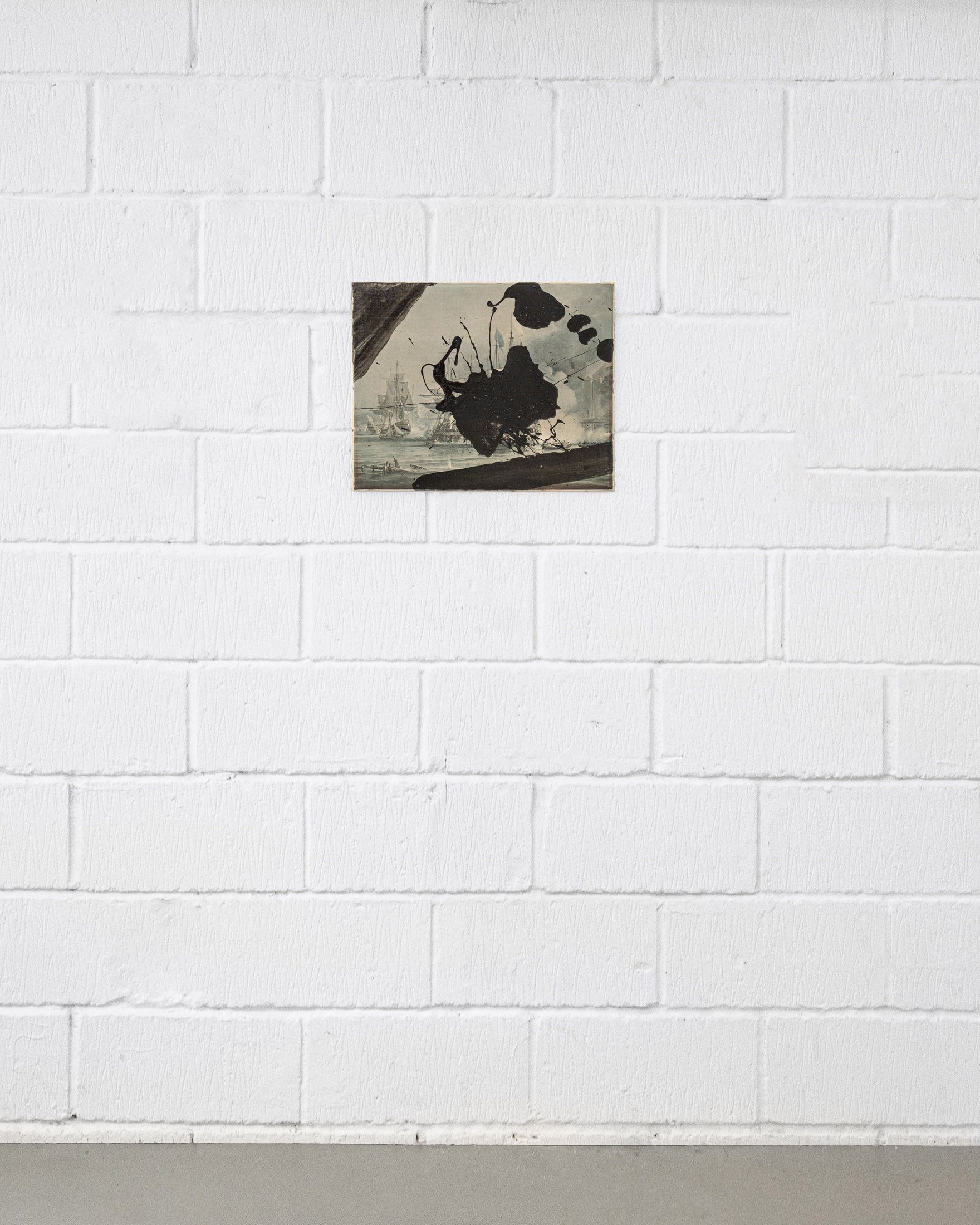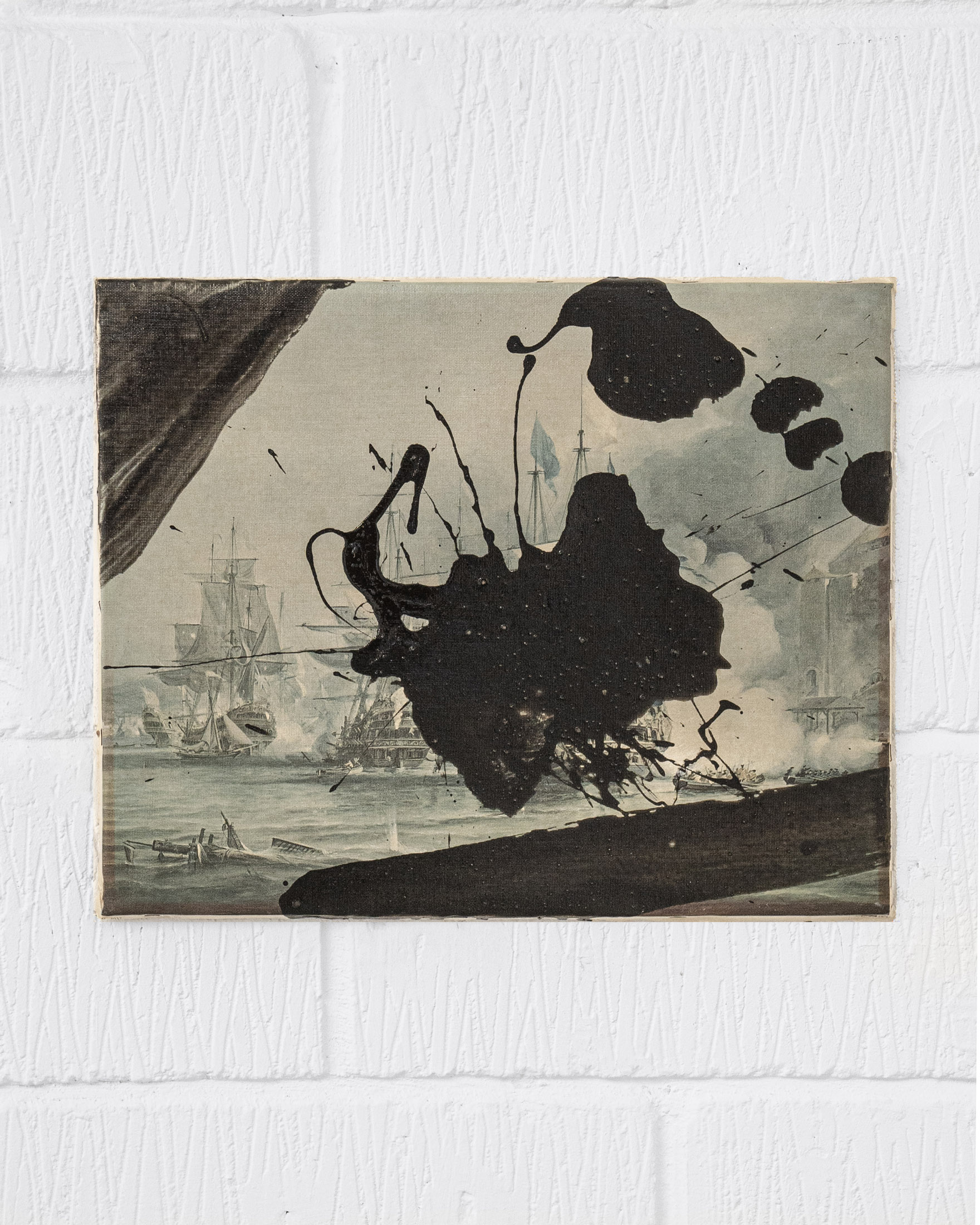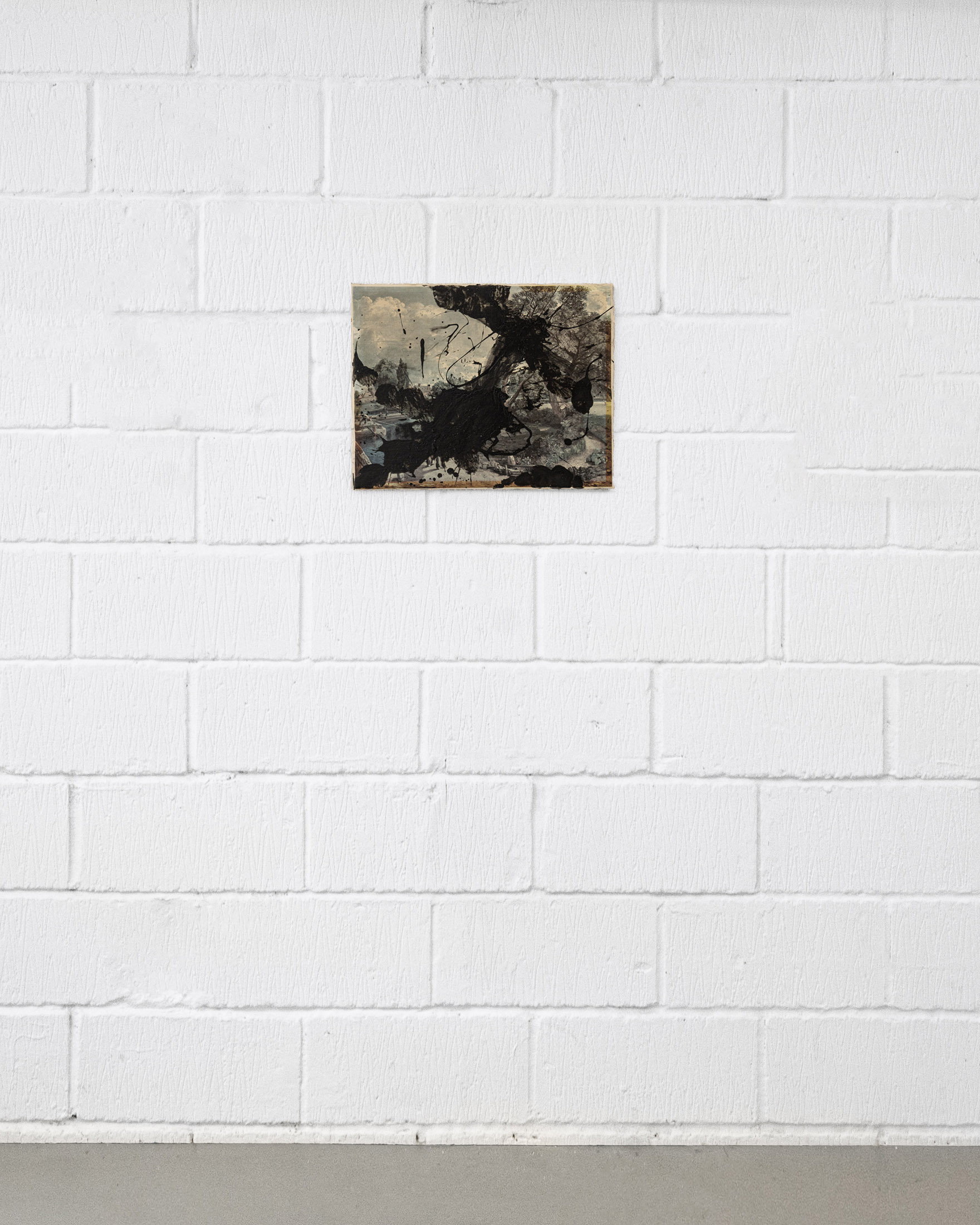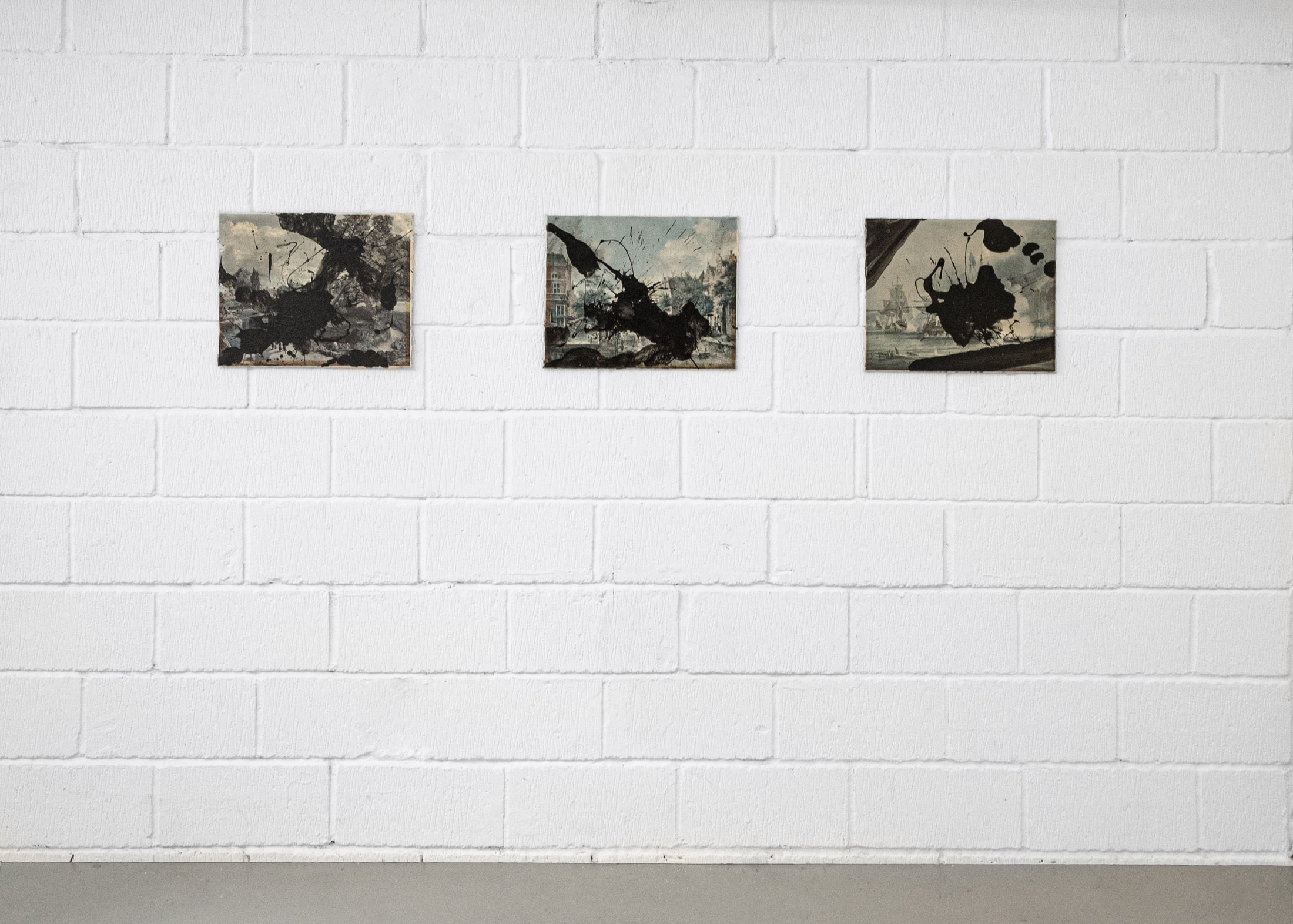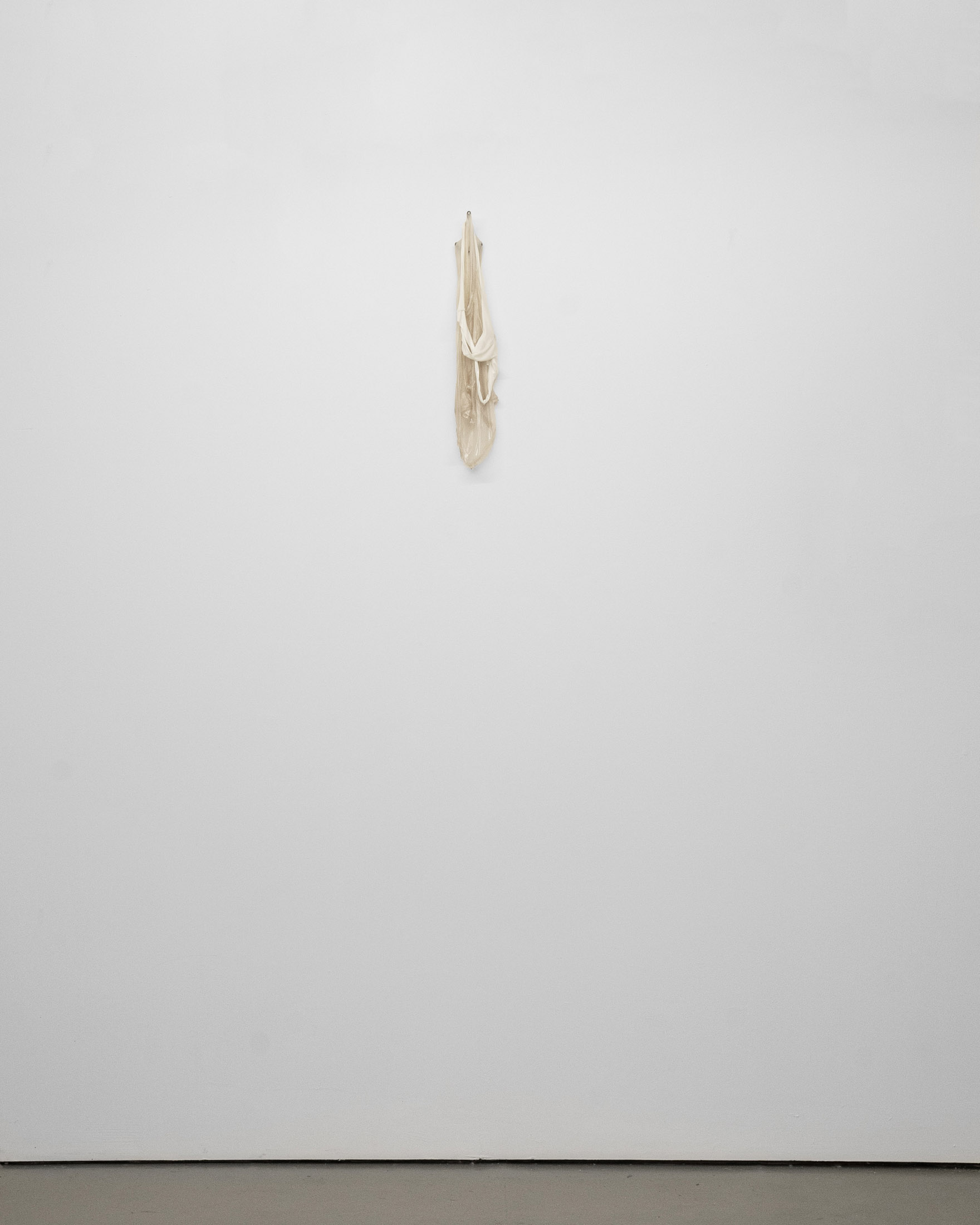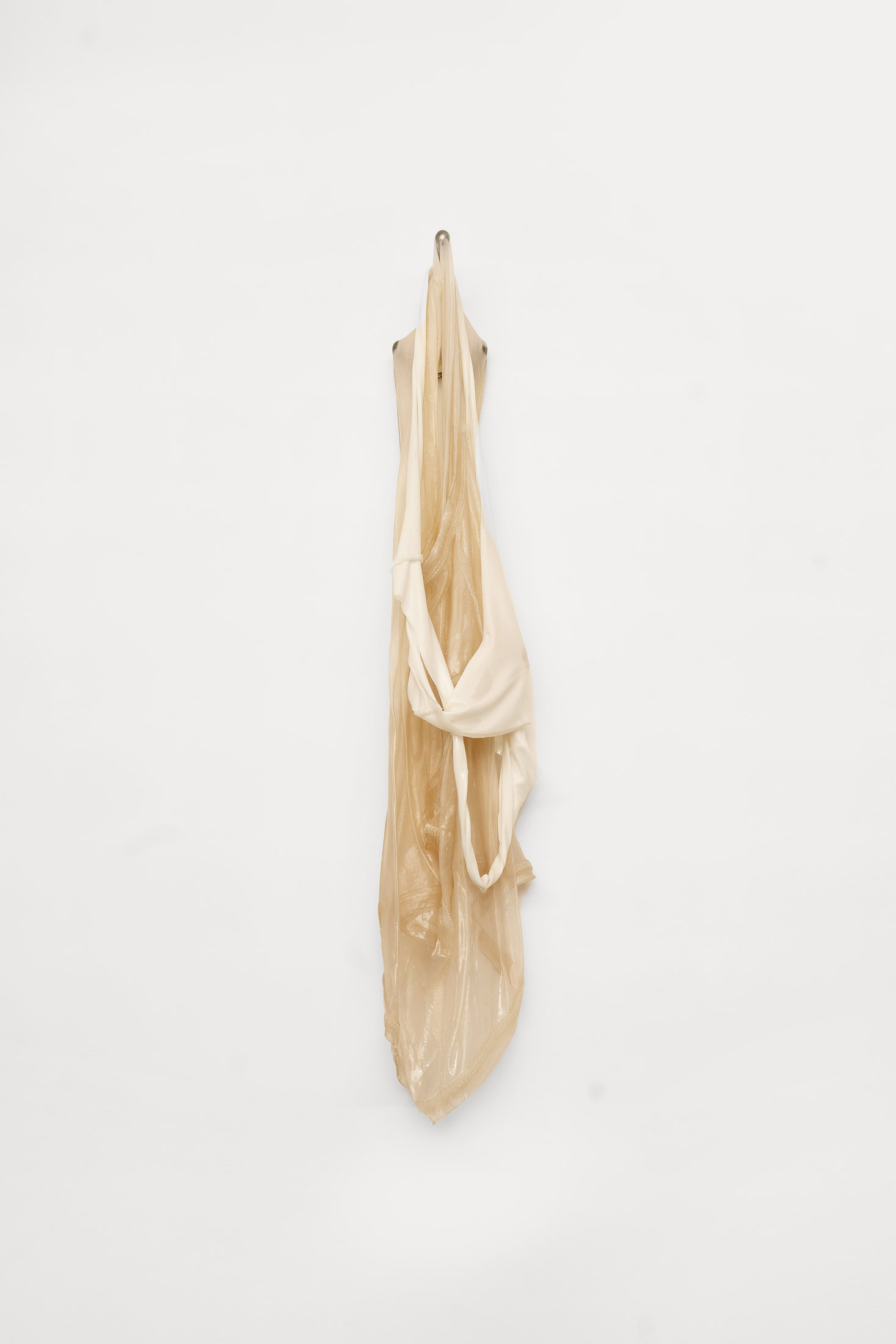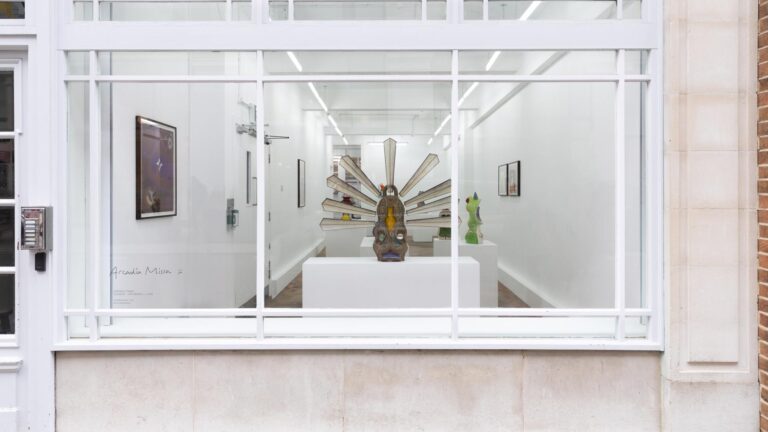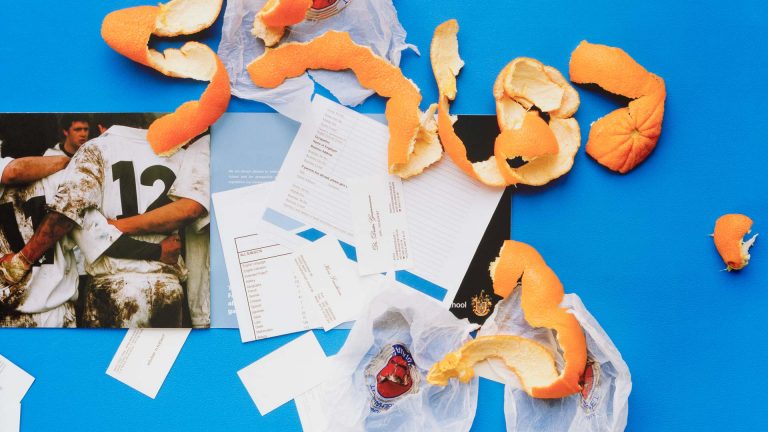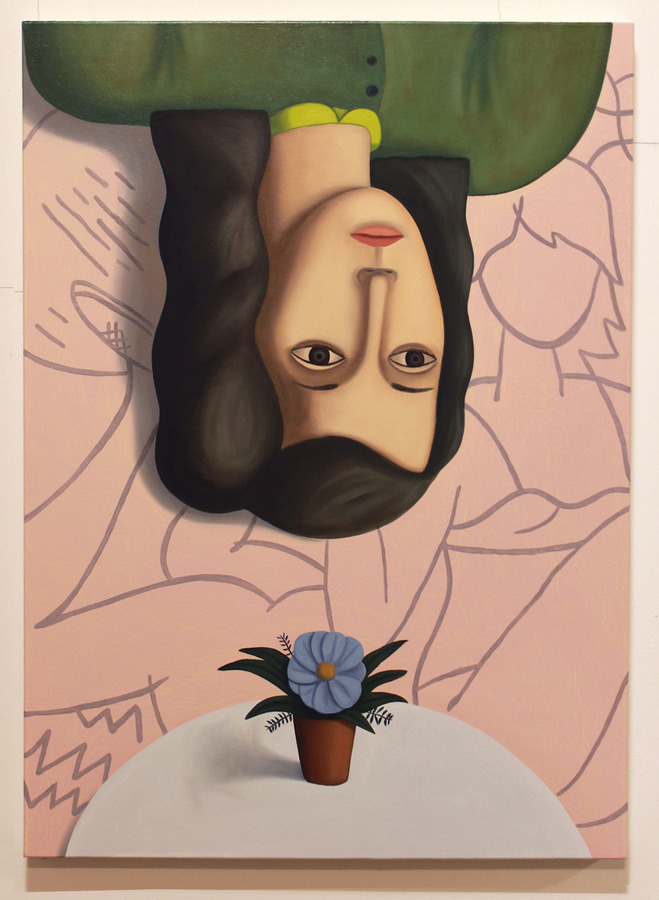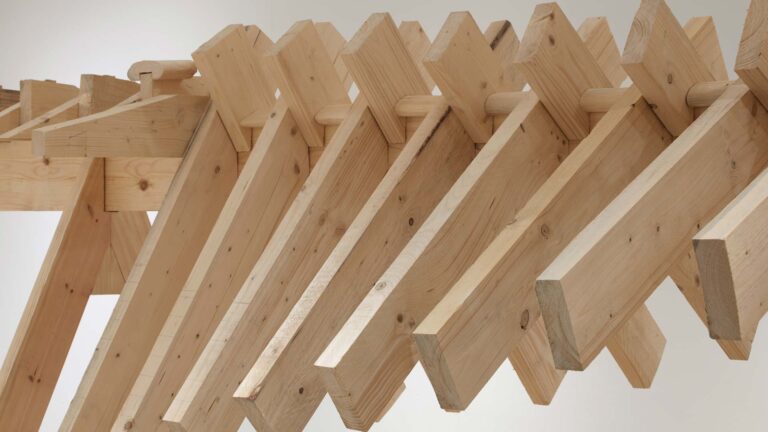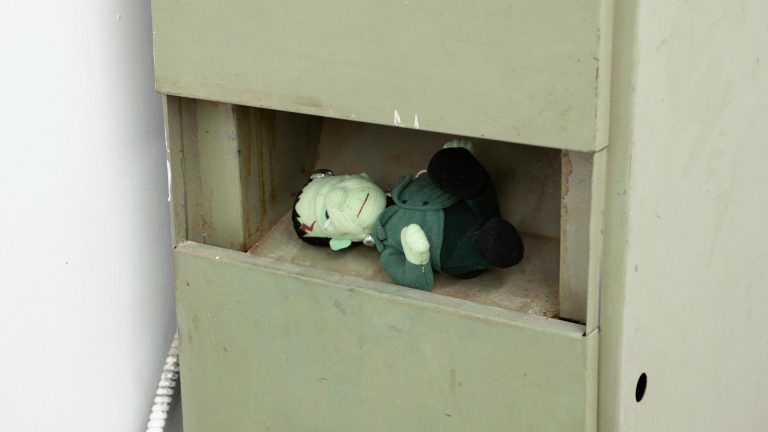Artists: Isabella Benshimol Toro, Kim Farkas, Daniel Spivakov, Uchercie
Exhibition title: The Sundown of Disquiet
Co-curated with: Domenico de Chirico
Venue: ZÉRUÌ, London, UK
Date: September 9 – October 7, 2023
Photography: all images copyright and courtesy of the artists and ZÉRUÌ, London
The Sundown of Disquiet’ draws simultaneous inspiration from both the 1602 philosophical work of the Calabrian Dominican friar Tommaso Campanella titled “The City of the Sun” and from the “Book of Disquiet,” one of the major prose works of the Portuguese writer Fernando Pessoa, first published in 1982. In the former case, reference is made to an illuminated city, a polis characterised by perfect laws and habits, whose foundational values consist of erudition, creativity, wisdom, and both theoretical and practical knowledge. In the latter case, we find ourselves before a book of “confessions,” a kind of existential diary or so-called of the soul, which deeply analyses and then ruminates upon the obscure dark universe typical of the subconscious. This, in turn, shapes and defines the tumultuous ways that each of us relates to the external world, also known as the sensible reality.
Based on these premises and with a clear Aristotelian perspective, the primary purpose of ‘The Sundown of Disquiet’ is to harmoniously juxtapose these antithetical hemispheres, phenomenologically, to aspire to a new condition of life within any novel universal order. This order never disregards the concept of evil, but only to the extent that the idea of good is necessarily considered the ultimate goal towards which human action must strive. This pursuit leads to a life dedicated to knowledge, excellently conceived as a solemn state of perpetual and invulnerable happiness.
Navigating the boundless complexity of the inner world, which in turn reflects upon the external and vice versa, in order to achieve the aforementioned state of tranquillity and plication of the soul, one must necessarily engage with the realm of obliviousness and preparatory nature. This is the realm that Pessoa himself extensively faced, referred to as the ‘Book of Disquiet.’ This realm arises from an undeniable and tormented emotional depth that often confronts the colossal dilemma encapsulated by “I know not what tomorrow will bring.” So, what better way to not be drawn into the silent darkness of uncertainty than to fully entrust oneself to the intimate magic of imagination?
Perhaps only through this imagination can one gradually rhythm and endlessly stimulate themes of undeniable importance such as identity, existence, life, and death without any fear. It seeks new expressive languages and shifting morphologies that whisper of this imperfect world, where no sunset is so beautiful that it cannot become even more so. Therefore, what is the current level of intensity of the sun between these aforementioned hemispheres of meaning? What fragments of meaning rest in penumbra and which are gently whispered by a gradient light that threatens to shine in all its brilliance?
And so, the involved artists—Isabella Benshimol Toro, Kim Farkas, Daniel Spivakov, and Uchercie —work to generate a liberal and indefinitely evocative art that operates for culture. It embodies a poetics that consistently promotes new and astonishing stylistic precepts and rules, dedicated to the celebration of beauty, understood as the pure science of feeling. It’s a knowledge that is both sensory and emotionally bound, emblematic of the perfection of phenomenal knowledge.
Isabella Benshimol Toro, whose practice ranges from performance to photography, sculpture to installation, primarily works with used clothing, epoxy resin, and silicone. Her work aims to capture in time the fleeting actions, gestures, and sensations of daily domestic life. She creates a series of monuments to the unconscious and intimate reactions of the body. Her focus lies on moments ranging from throwing sweaty clothes on the floor to the act of meticulously caring for them by hanging, ironing, and drying them. Of crucial importance is the timeframe in which the porousness of a wet white shirt covers the redness of her skin. All her works tend to respond to unusual yet familiar domestic actions and gestures that, in turn, become bodily, often teetering between a sense of pleasure and discomfort, cleanliness and dirt.
Kim Farkas, by layering composite materials through plays of transparency and softly moiré reflections, creates worlds within which objects are revealed. In this internal activity, all forms, ideas, and materials become channels of both political and spiritual power. The result is captivating and vivid sculptures, visibly marked by hybrid forms inspired simultaneously by technology and the body—swarming and captivating, inherently active within themselves.
Speaking only his mother tongue during this period, art necessarily became a fundamental vehicle of communication for Daniel Spivakov. The combination of a post-Soviet education and adolescence spent in the southern United States allowed Spivakov to develop a unique worldview from which he regularly draws during all phases of his creative process. His is a resounding and visceral painting—a sort of tumultuous stream of consciousness, fearless and constantly evolving. It teeters, never in opposition, between bread and flesh, flowers and cannons, impetuous light and deep darkness, apparent stasis and continuous movement.
Uchercie’s practice encompasses, without any limits, poetry, video, image, installation, space study, understood as a field of action, and social intervention. The goal is to investigate the experimental nature of transferable language and context as intermediaries in transmedia narratives. This allows for travelling along the challenging paths typical of distributive platforms and subsequently embodying different media forms, according to the rules of convergence, and expanding. This rich methodology gives rise to an absurd narrative, constructed through processes of contraction and emancipation. It ranges from accelerationism to phenomenology, from the perspective of perception and questioning the uncertainty of the future to post-capitalist desires. All are perfectly embedded in the complex situation of post-human progress. Finally, Uchercie’s work is characterised by a captivating fusion of inanimate objects, technology, spirituality, psychotropic anaesthetics, and Dao (Decentralised Autonomous Organization).

